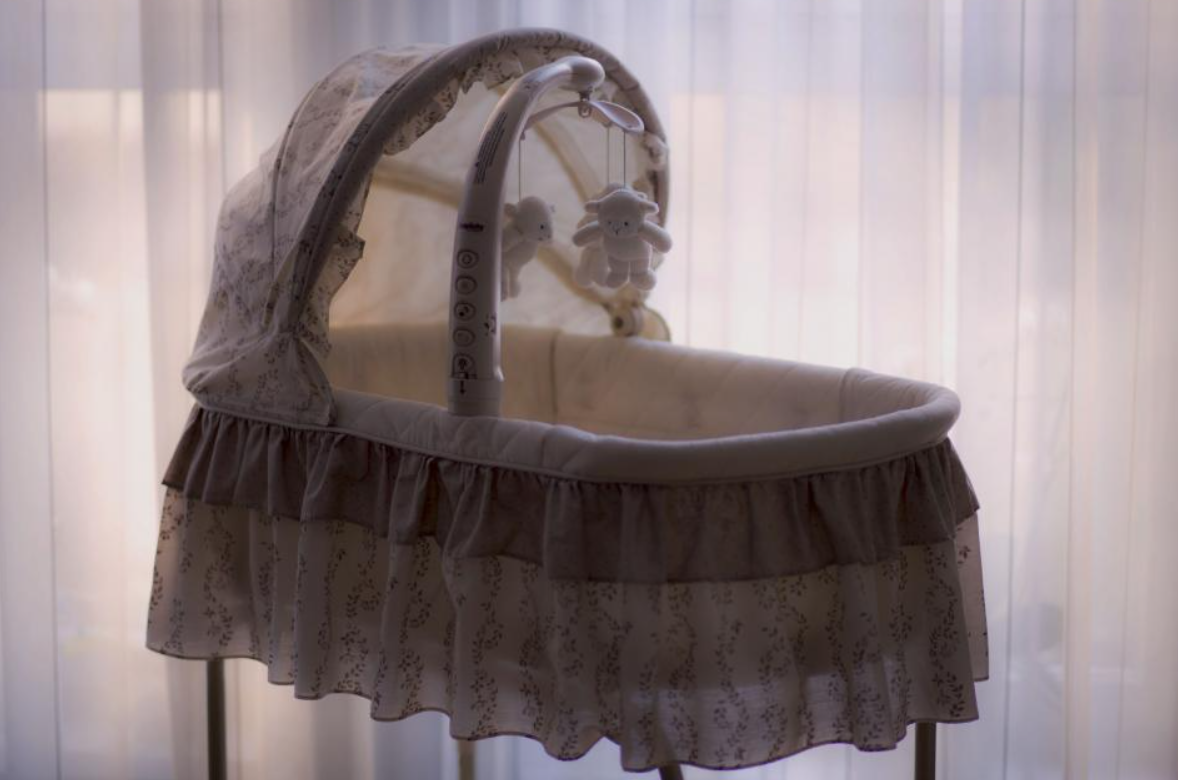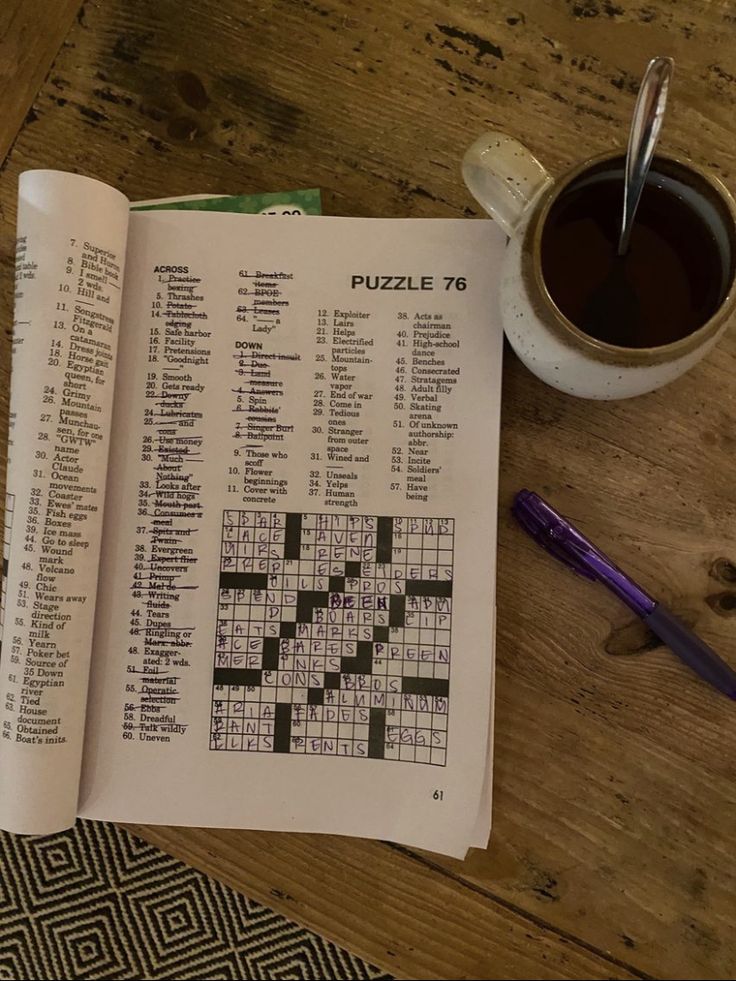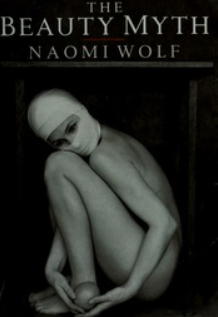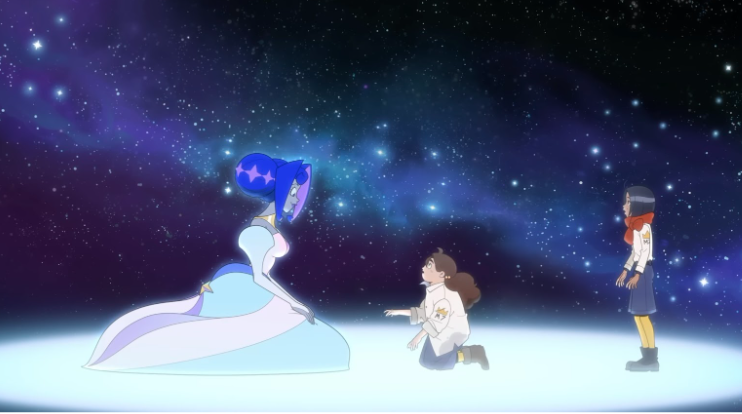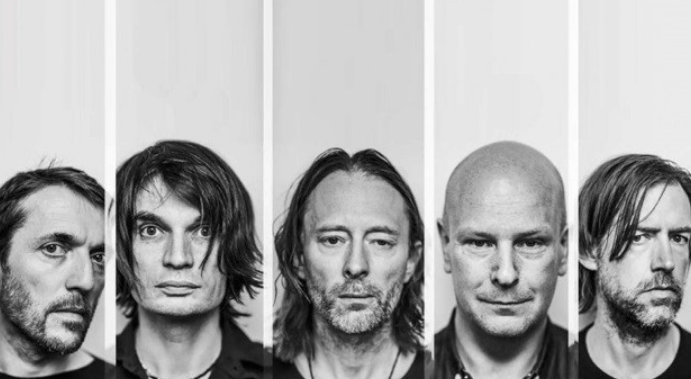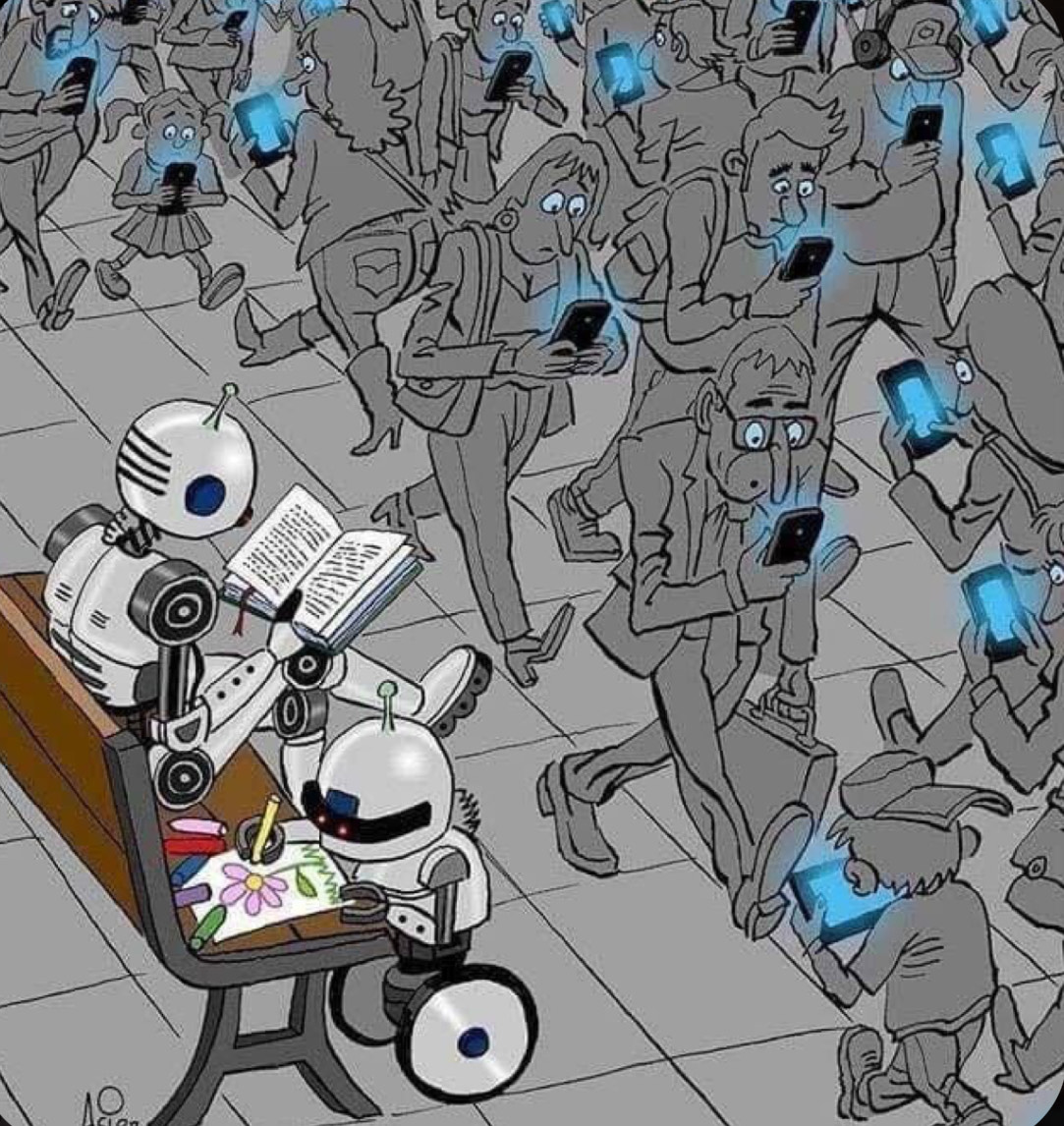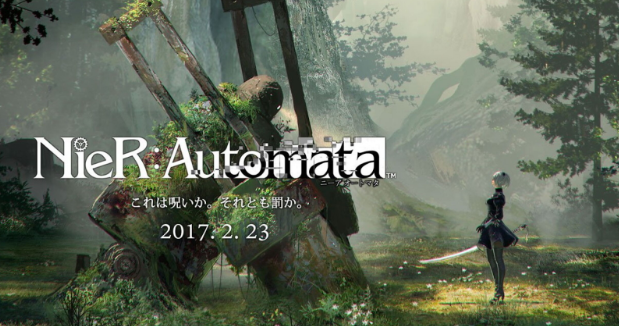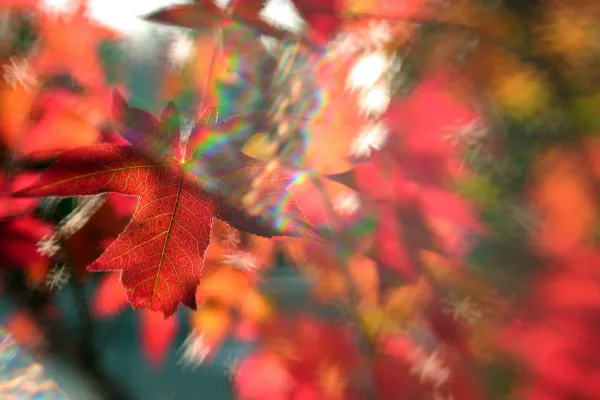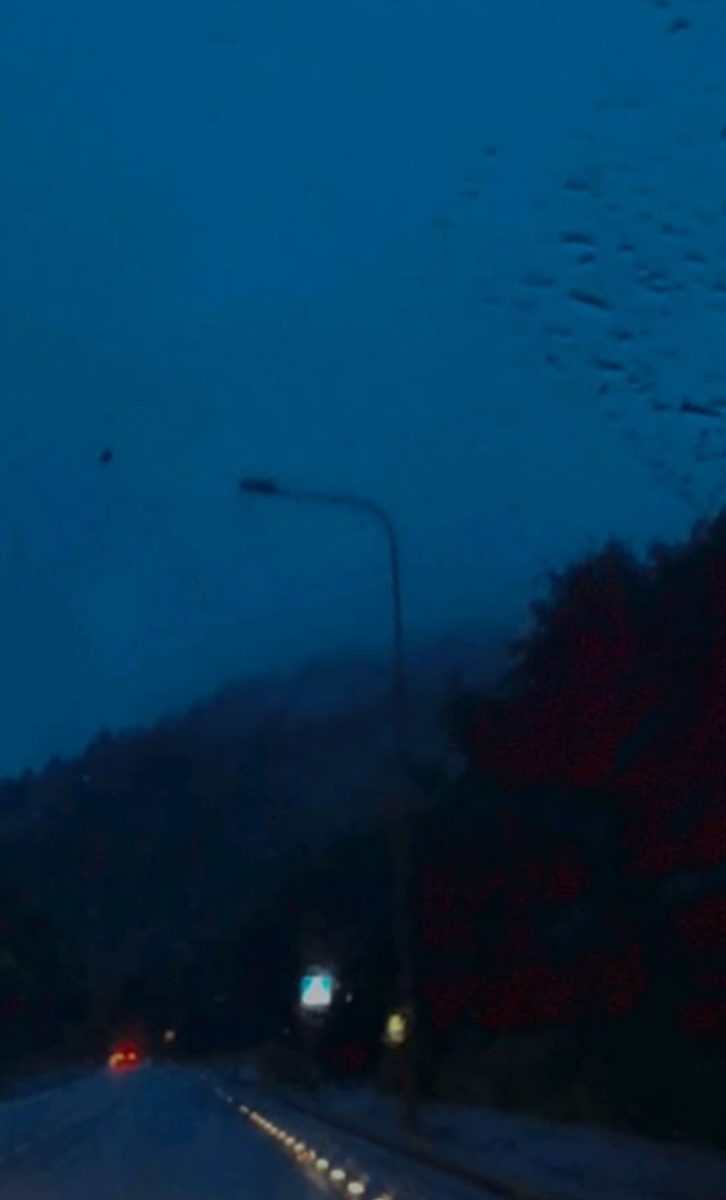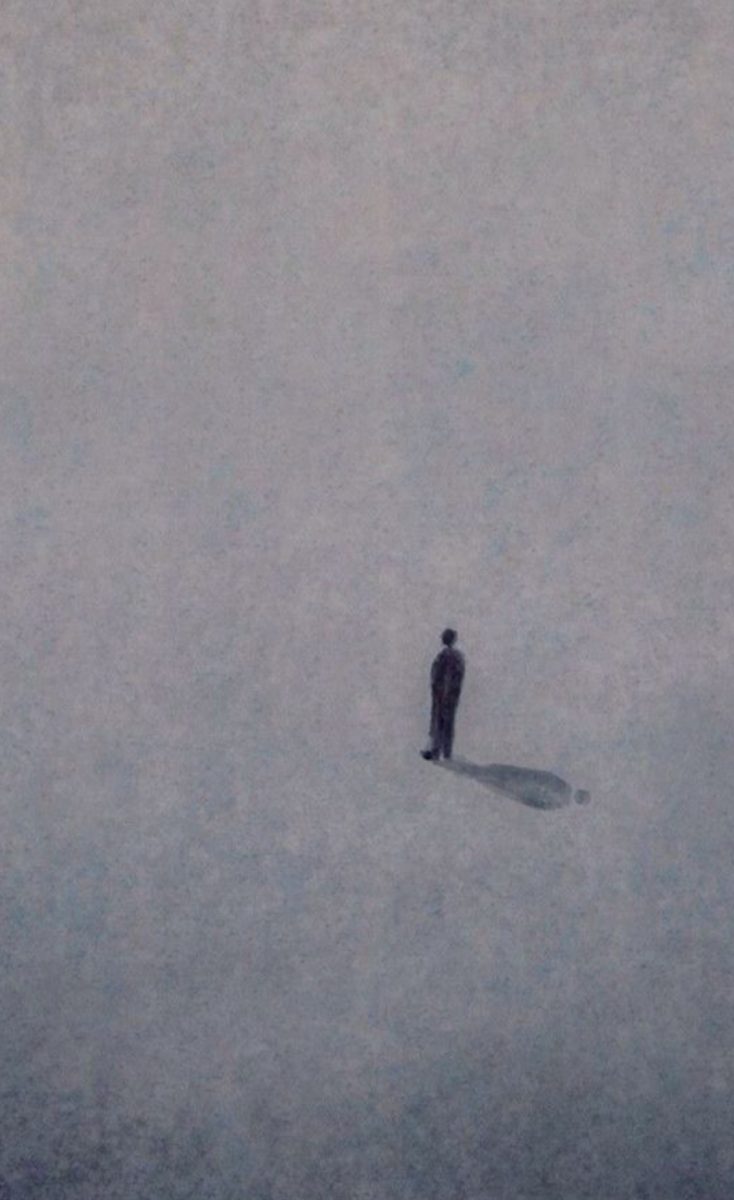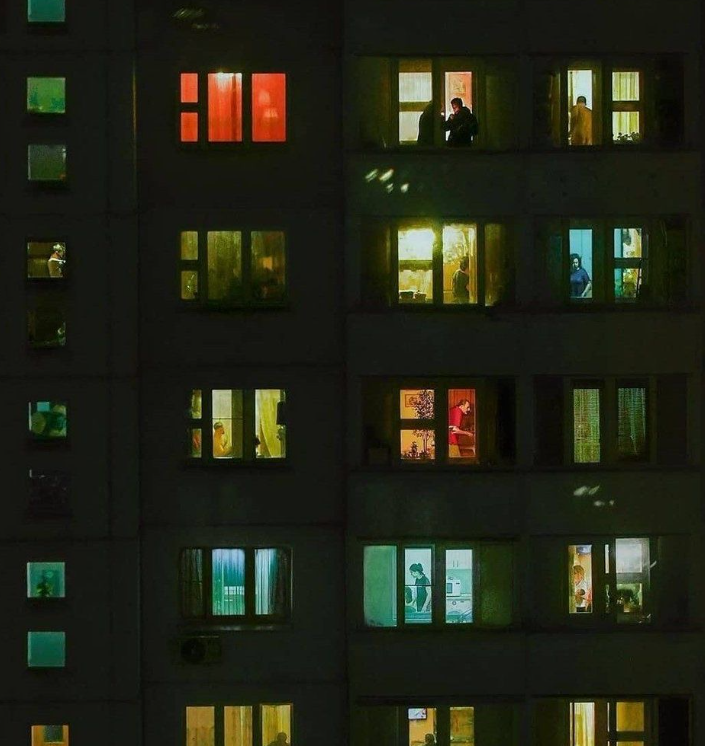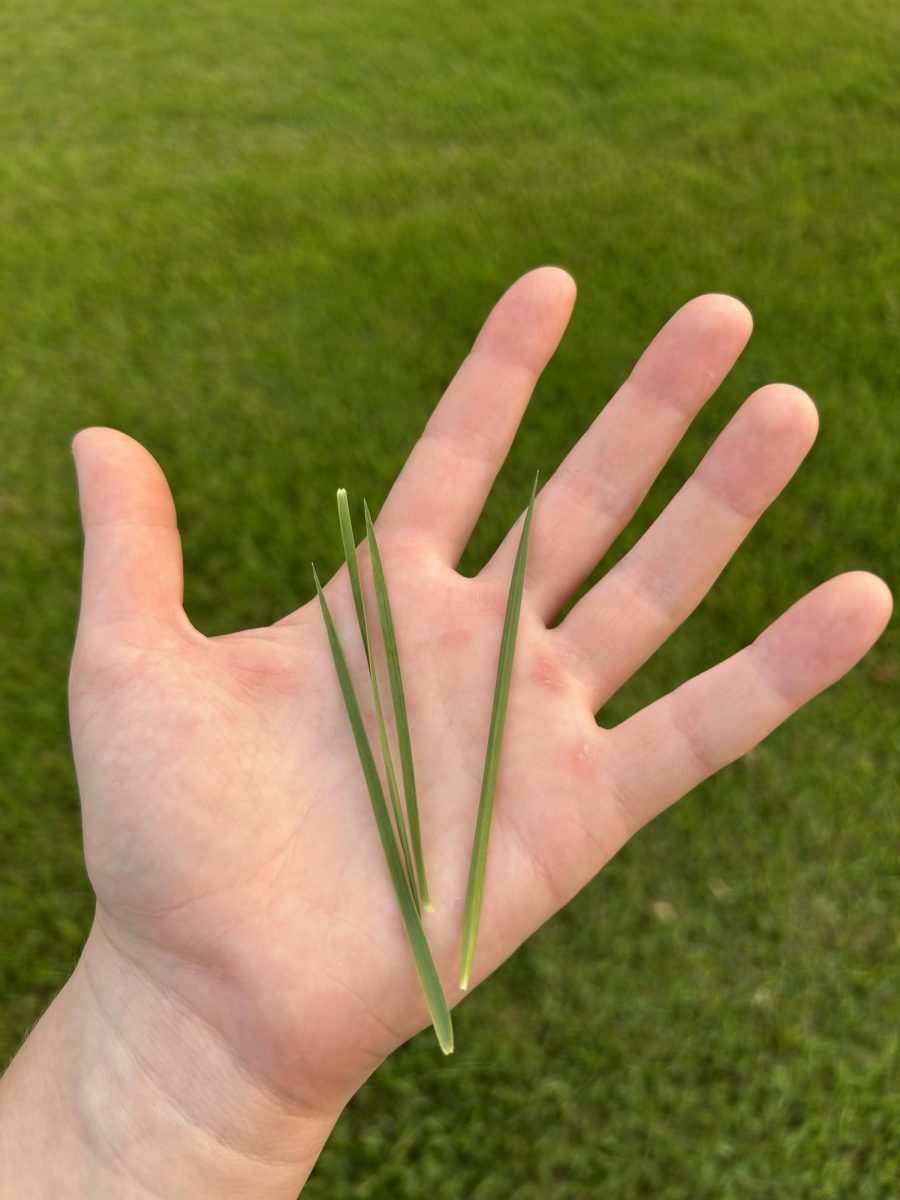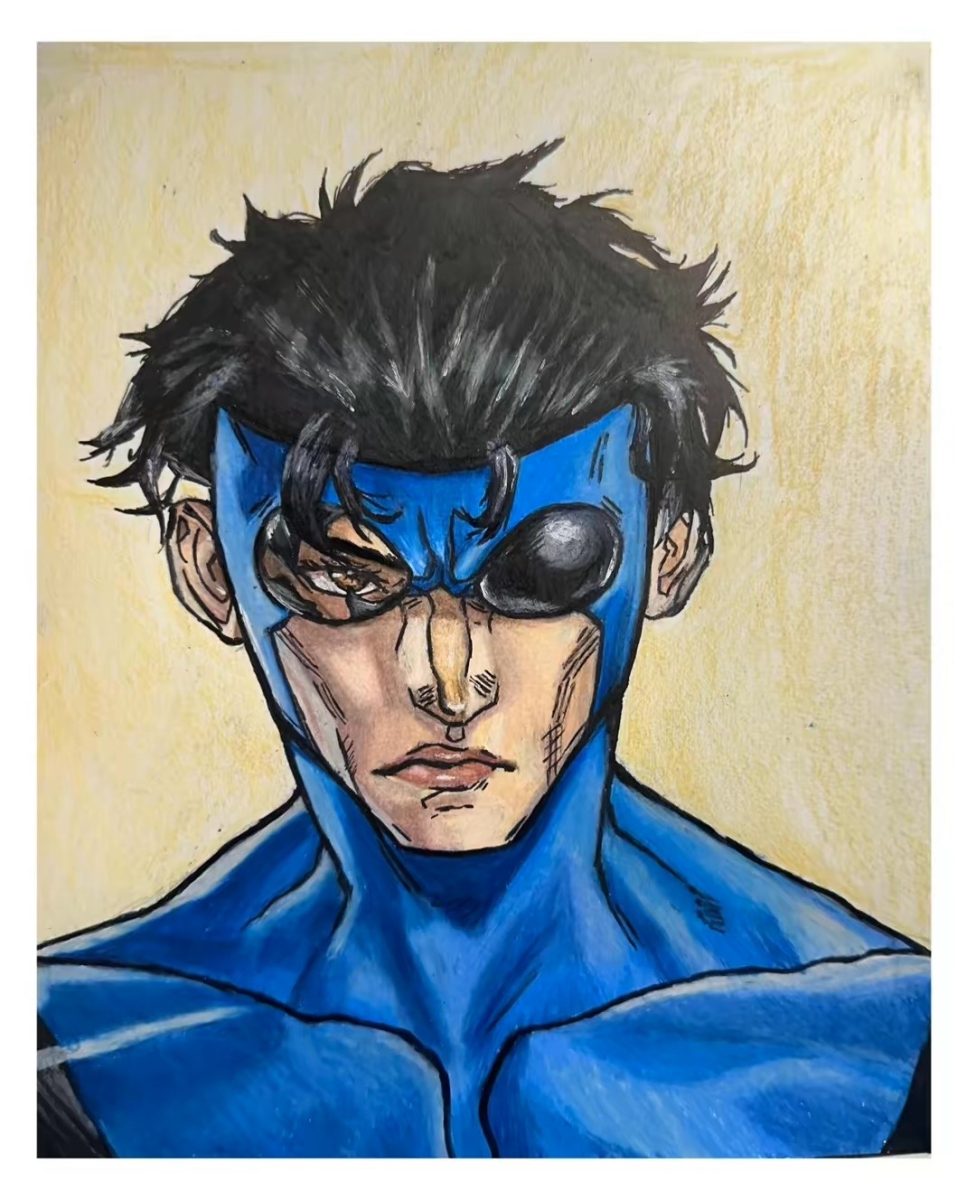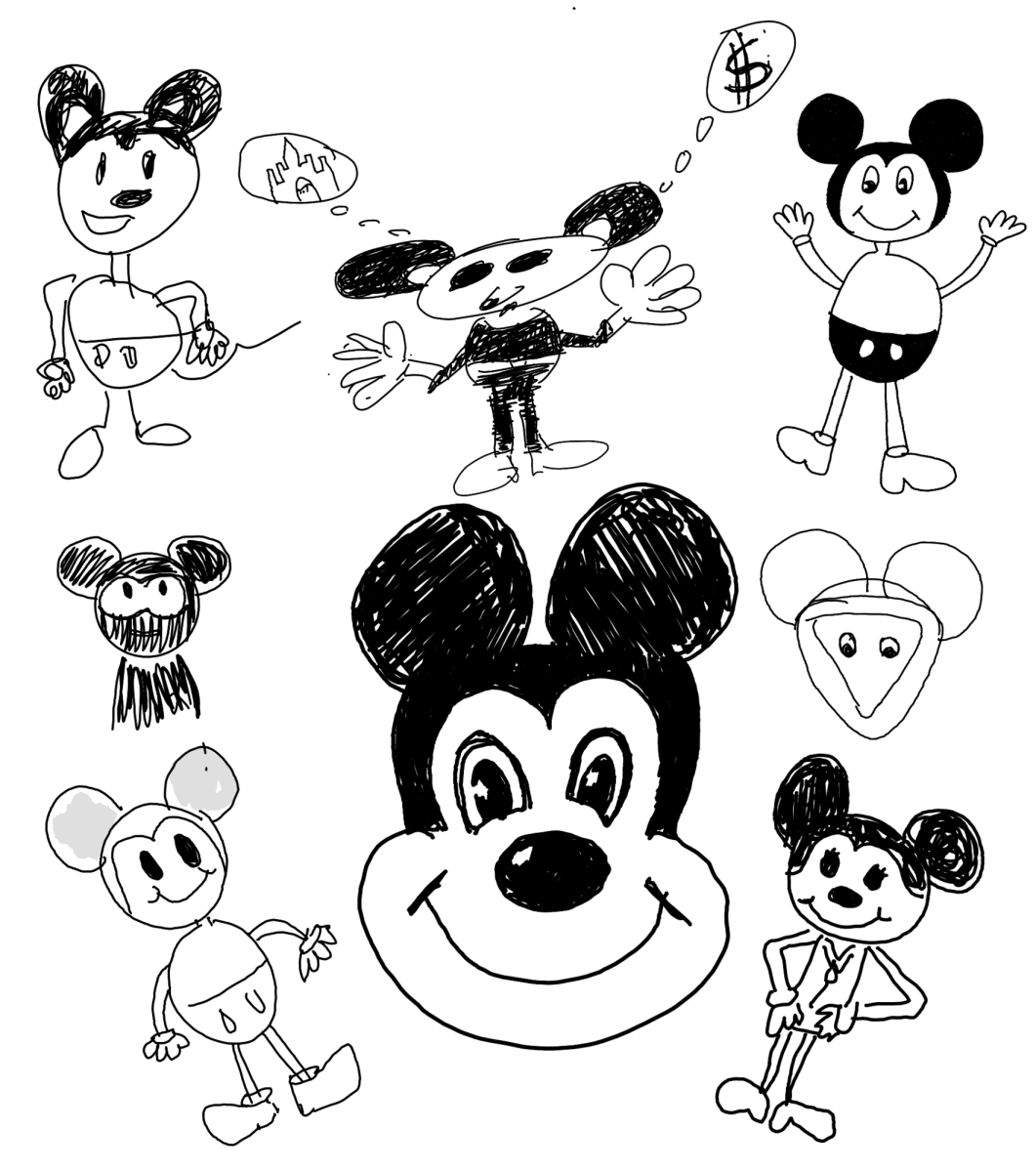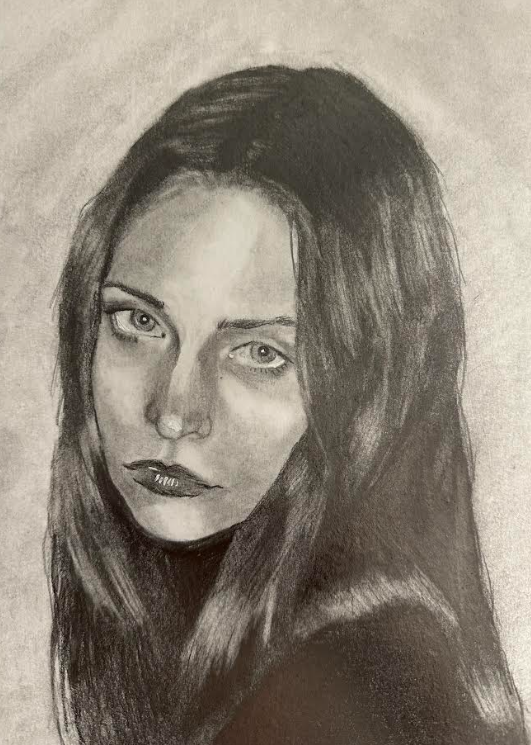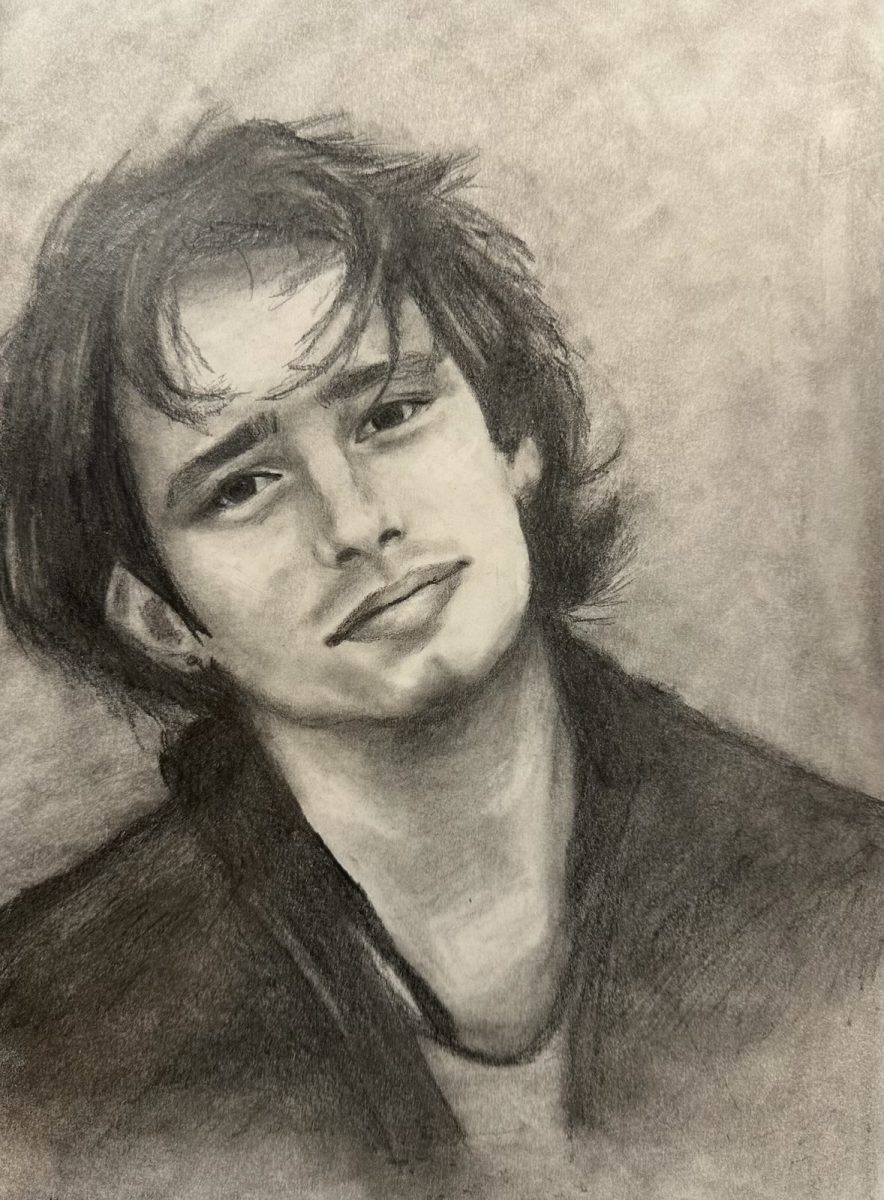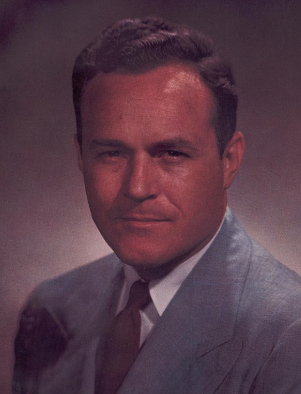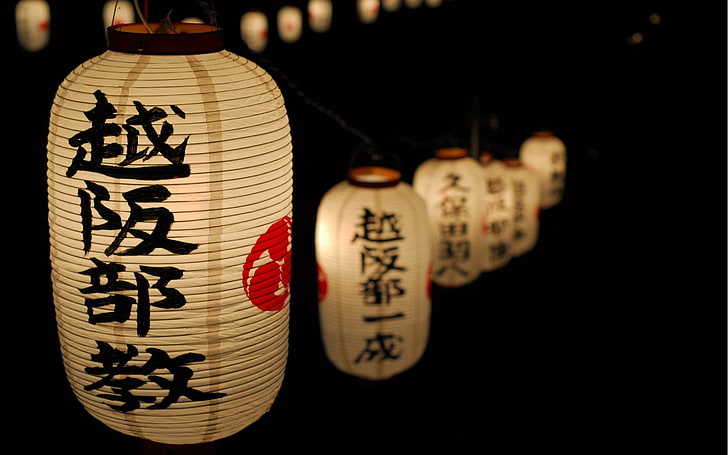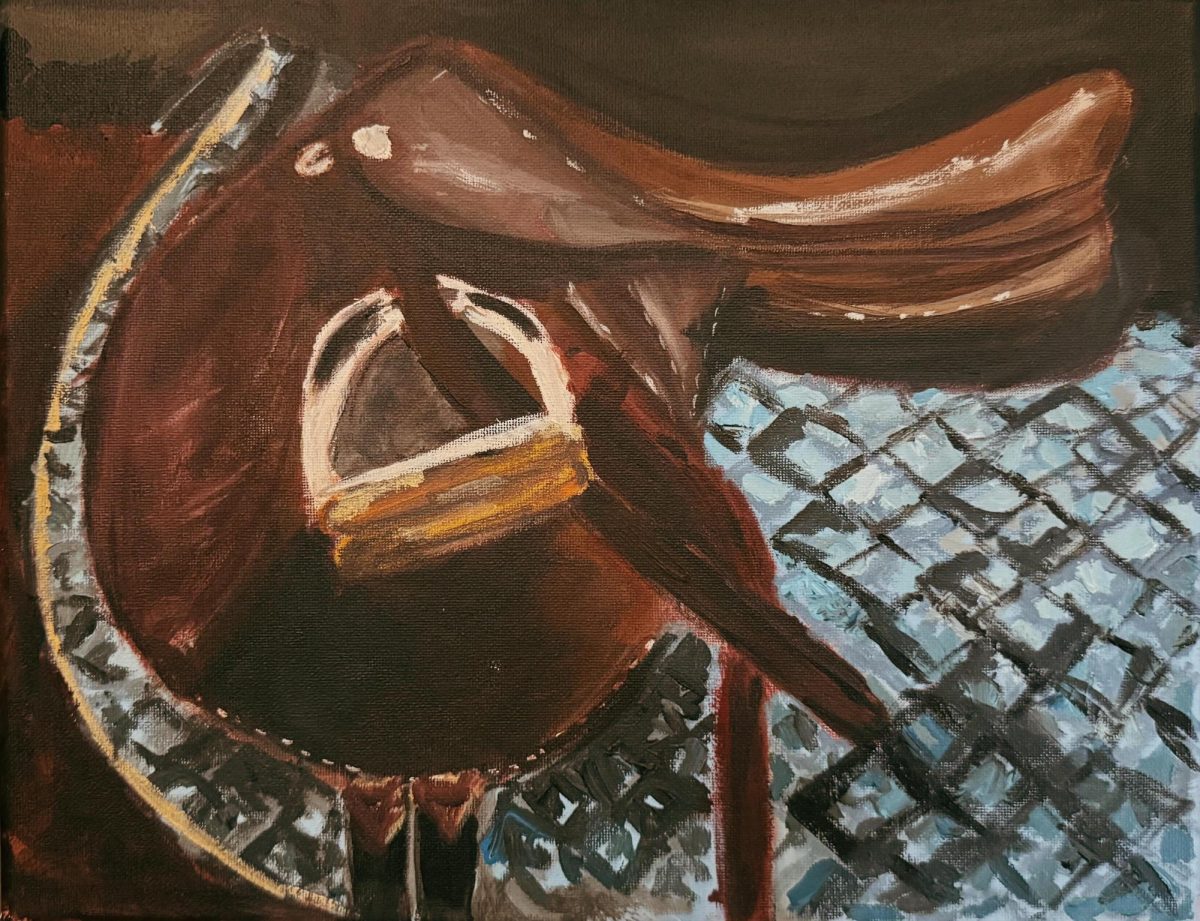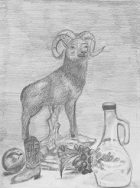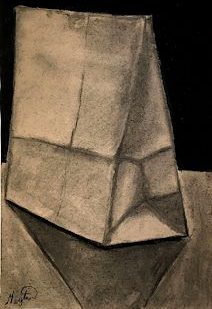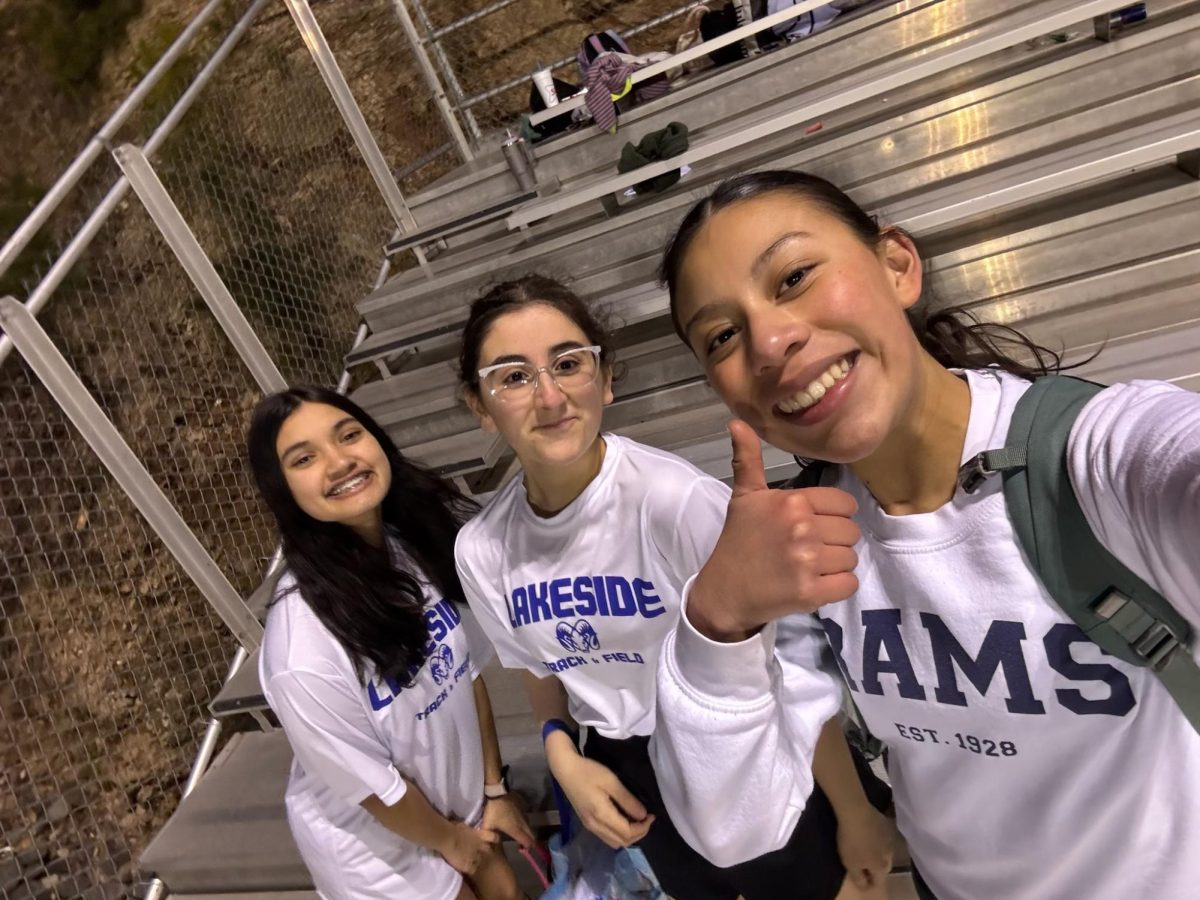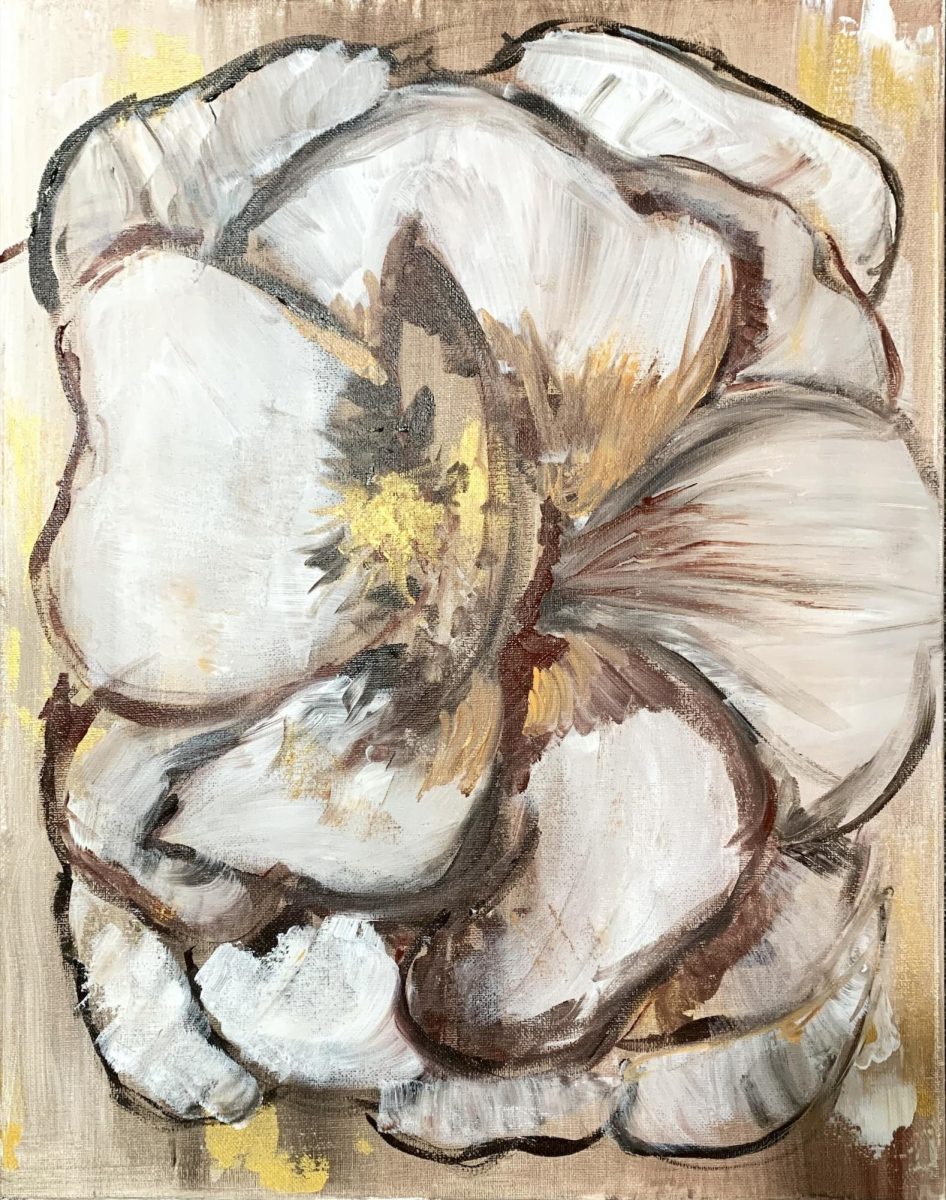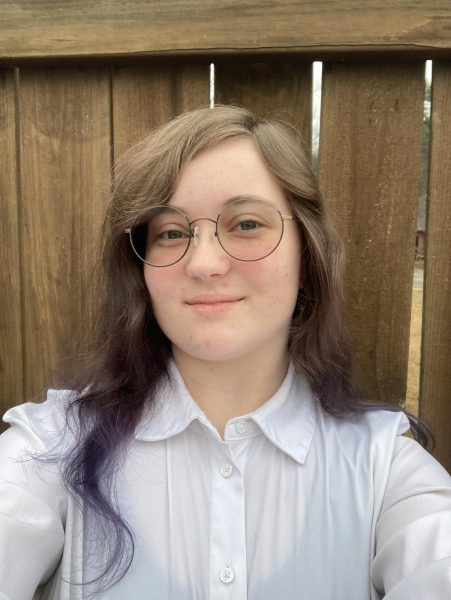Ah, fairy tales — those little glimmers of childhood we all grew up with in some form or another. Beautiful princesses trapped in tall towers, brave knights in shining armour, fearsome dragons, evil witches, all manner of wonderful and whimsical creatures; whether they be the modern versions polished to a mirror shine or the older, darker, and scarier ‘original’ tellings, usually by the Brothers Grimm or Hans Christian Andersen, you know a fairy tale when you see one. A noble hero fights to save an innocent usually-princess or royal-adjacent figure from a malevolent force, usually magical in nature; at the end, the day is saved and the lesson is learned.
But what if the princess were trapped by something far bigger than even the biggest dragons, or kept sealed in her tower by something more powerful than the wickedest witch? What if the average listener, or reader, or watcher, or whatever-have-you of the tale didn’t even know she was in chains stronger than iron, silently suffering under a weight heavier than steel? What if, beneath the surface of even the darkest story, there was something even darker that no one could see, a great machine running on blood and fear, ever churning, that sucks the soul out of anything it touches? Will she ever escape? Can she? Is there a knight, braver and truer than any seen before, waiting to rescue her?
Well, dear reader, this is where Knights of Guinevere steps in, primed to answer those very questions. Let us dive into this fairy tale — and into the blackened, beating heart beneath. Be warned: this journey is not one for the faint of heart, but if you be willing, courageous, and true, you will surely find it very rewarding.
First things first: if you’re anything like me, you might have a few questions, most pertinently: “Guinevere? Wasn’t Arthur the one with the knights?”
You would, of course, be correct: traditionally, it has always been King Arthur and his Knights of the Round Table, a colourful cast of noble heroes sworn to the service of Camelot and the general ideals of medieval chivalry. But in this case, it’s a bit different — in fact, there is no Arthur analogue in this story at all, except for a giant robot… but we’ll get to that.
The question that follows, then, is: “What does it mean to be a Knight of Guinevere?” Well… it’s unclear, being that there’s only one episode of this series out currently, but according to the creator, a ‘Knight of Guinevere’ is “… a metaphor,” as she vaguely explained in an interview with her production company when asked this very question. And this does indeed seem to be true: there are no stereotypical “knights” with shiny armour and bright, enchanted swords in this story, either.
We’ll get to that bit as well, but with the mention of the series’ creator and production team, I feel inclined to introduce them, as they may be familiar to you: Knights of Guinevere is spearheaded by Dana Terrace, who also wrote The Owl House, and brought to life by Glitch Productions, the studio behind Murder Drones and The Amazing Digital Circus. While this revelation wasn’t the one to pique my interest in the series, it has been for many others I have seen, so I figure it may be the same for you. The story goes that Terrace, after the conclusion of The Owl House, left Disney due to dissatisfaction with their policies and business practices, which stifled her creative freedom. She was then acquired by Glitch, who offered to let her make a show on her own terms, with no limits or restrictions; thus, Knights of Guinevere was born.
So, then, what is it? Knights of Guinevere follows a pair of lifelong friends working for a planet-spanning megacorporation in the far future: Frankie, an idealistic factory worker and scrap collector, and Andi, an overworked, world-weary lab apprentice. Their lives are under the thumb of Park Planet, a popular entertainment company that owns a shining theme park in the sky. One day, Frankie finds an old, broken model of Park Planet’s android mascot, Princess Guinevere, and resolves to fix her up nice and new.
I’ll admit, it doesn’t sound like much on paper, but I assure you there’s more going on here than meets the eye. For starters, it appears that this Guinevere is in fact entirely unique: Frankie isn’t able to recognize her model, and the very beginning of the episode shows a sequence wherein a Guinevere (possibly the very same) leaps from a tall tower in an attempt to escape, especially from the clutches of a young Olivia Park, the now-elderly and bedridden daughter of Park Planet’s creator. Additionally, Frankie herself seems to be suffering from delusions, experiencing auditory and visual hallucinations at several points throughout the episode that Andi is shown not to be able to see. There are also a number of little details throughout the episode that hint at the world Park Planet’s attractions obscure: most prominently, the mysterious yet deadly “blue lung” disease. Secrets are built into every facet of this episode, even down to the graffiti that decorates some areas of the world below the parks.
While we’re on the subject of environment design, though, let me take a moment to praise Knights of Guinevere’s animation and art style. It is as sleek and modern as can be; gorgeously lit and beautifully, brightly coloured, but also doesn’t shy away from showing grungy, dirty settings as they are, exemplified by the previously-mentioned graffiti. Even the more grotesque scenes and elements — which, no, I won’t go into detail here, but yes, there is a not-insignificant amount of gore in this show, that’s why I warned you at the top of this article — are shown in their true colours: not even the smallest bruise or scratch is left forgotten. Indeed, Knights of Guinevere revels in imperfection: while the art style in general is smooth and shiny, it isn’t afraid to depict things that other shows won’t, even little things like a character’s missing tooth or eye; nasal cannulas, wrinkles, beer bottles, or cigars. And to top it all off, it’s all done in 2D, which is a breath of fresh air in a world obsessed with three dimensions, at least to me.
With a sigh, I say that I could go on about the art style all day: the character designs (and stunning variety thereof), the movement, the way it handles unreality; but alas, we must move on. But we move on to bigger and more bittersweet things, as perhaps the most impactful element of this show is how it wears its inspirations on its sleeve.
Even with no knowledge of its background, I would argue that it’s easy to tell what Knights of Guinevere is really about. It’s a love letter to all the creators, dreamers, and lovers of big-budget media companies, while also criticizing those same bastions of content creation. It’s ruthless in calling out their shady, self-interested, and even downright cruel practices while also embracing the nostalgia that they create and is so loved and fondly missed. Yes, Park Planet is poisoning the planet it floats above, abusing its workers without a second thought, and sucking the soul out of its beloved characters (see the news article shown briefly that speaks of a live-action remake no one wanted), but Princess Guinevere is as much a victim of their actions as Andi and Frankie are, even if in different, less immediately obvious ways. And surely you can see, too, who this criticism is aimed at in particular: the one and only Walt Disney Company, that Terrace had to fight with to make The Owl House the show she wanted it to be, and even then, she didn’t win all her battles. Disney, which spends millions on sequels and remakes no one asked for or wanted, solely for the purpose of making more money. Even Guinevere’s design reflects this: her stylish space buns look an awful lot like Mickey Mouse’s ears, don’t they?
All that to say, Knights of Guinevere is definitely worth watching. And I didn’t even get to everything: I could still talk about its characters and their dynamics, or its voice acting and sound design, or the way it works its themes even into some of its promotional material. But this article is getting pretty long, so I’ll stop before I get ahead of myself: there may be only one episode on air (that is to say, YouTube) right now, but I’m hoping for more, and I can’t wait to see more of the adventures of Princess Guinevere and her loyal knights — if you hear of their tale, I’m sure you will be too.

